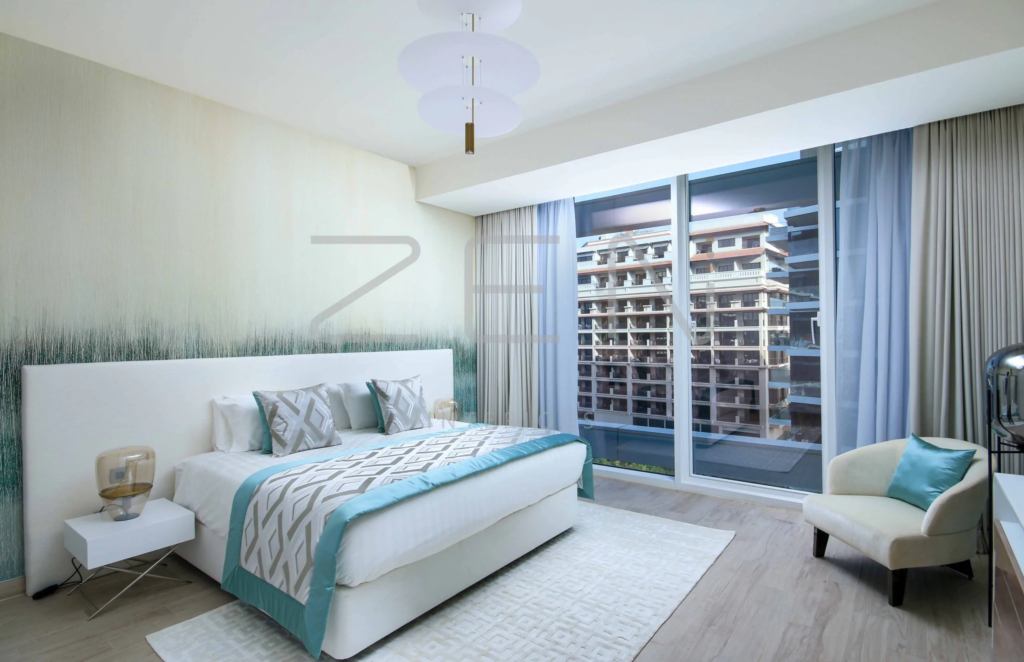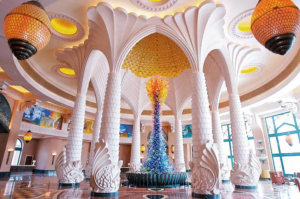Sustainable Interior Design To Embrace Eco-Friendly Materials And Practices

Sustainable interior design is a conscious approach to creating spaces that minimize environmental impact, promote resource efficiency, and prioritize human health and well-being. By incorporating eco-friendly materials and practices in turnkey interiors, designers can create beautiful, functional interiors that support a healthier planet and a more sustainable future.
Selection of eco-friendly materials:
Sustainable interior design begins with the careful selection of eco-friendly materials that are renewable, recyclable, non-toxic, and responsibly sourced. Examples of eco-friendly materials include:
Bamboo:
A rapidly renewable resource that is durable, versatile, and biodegradable, bamboo is commonly used for flooring, cabinetry, and furniture.
Cork:
Harvested from the bark of cork oak trees, cork is a sustainable material prized for its resilience, thermal insulation properties, and sound absorption qualities.
Reclaimed wood:
Salvaged from old buildings, barns, and factories, reclaimed wood adds character and warmth to interiors while reducing the demand for virgin timber.
Recycled glass:
Made from post-consumer or post-industrial glass, recycled glass countertops, tiles, and decorative accents are durable, beautiful, and environmentally friendly.
Low-VOC paints and finishes:
Volatile organic compounds (VOCs) found in conventional paints and finishes release harmful emissions into the air. Opting for low-VOC or zero-VOC alternatives reduces indoor air pollution and promotes healthier indoor environments.
Energy-efficient lighting fixtures and appliances:
Incorporating energy-efficient lighting fixtures and appliances is another essential aspect of sustainable interior design. LED lighting, for example, consumes less energy, lasts longer, and emits less heat than traditional incandescent bulbs, reducing energy consumption and utility costs. Energy-efficient appliances such as ENERGY STAR-rated refrigerators, dishwashers, and washing machines also contribute to energy savings and environmental sustainability.
Water conservation strategies:
Water conservation is a critical component of sustainable interior design. Incorporating water-saving fixtures such as low-flow toilets, faucets, and showerheads helps reduce water consumption and minimize strain on freshwater resources.
Indoor air quality management:
Promoting healthy indoor air quality is paramount in sustainable interior design. Designers prioritize materials and finishes that are low in volatile organic compounds (VOCs) and formaldehyde, which can off-gas harmful chemicals into the air. Additionally, incorporating natural ventilation strategies, such as operable windows and skylights, enhances airflow and reduces reliance on mechanical HVAC systems, further improving indoor air quality.




